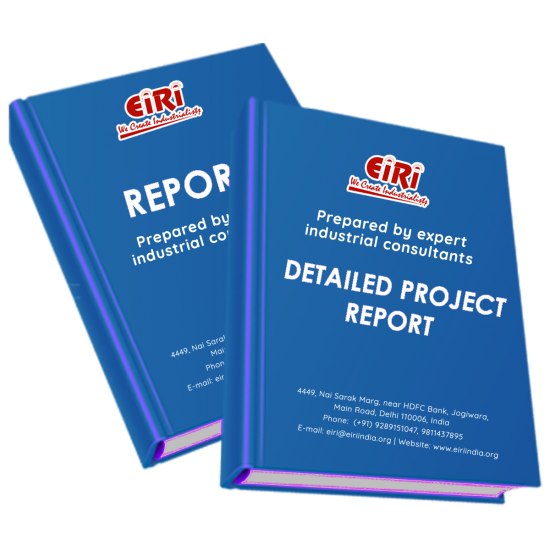Description
INTRODUCTION
INDUSTRY AND RECYCLING TREND
ALUMINIUM PROPERTIES
LIGHT WEIGHT
CORROSION RESISTANCE
ELECTRICAL AND THERMAL CONDUCTIVITY
LOOKING FOR EQUIPMENT TO ANALYZE YOUR METALS?
REQUEST A QUOTE HERE
REFLECTIVITY
DUCTILITY
STRENGTH AT LOW TEMPERATURES
IMPERMEABLE AND ODORLESS
NON-MAGNETIC
NON-TOXIC
SOUND AND SHOCK ABSORPTION
NON-SPARKING
RECYCLABILITY
ALUMINUM INGOT SPECIFICATION
USES AND APPLICATION
APPLICATIONS:
B.I.S. SPECIFICATIONS
PROCESS FLOW DIAGRAM
MANUFACTURING PROCESS
(1) SCRAP PRETREATMENT –
(A) MECHANICAL CLEANING –
(B) PYROMETALLURGICAL CLEANING –
(C) HYDROMETALLURGICAL CLEANING –
MELTING
MOC -SKELNER FURNACE
RECOVERY OF METALS WHAT CAN BE PROCESSED IN THE SKELNER
FURNACES (UP TO 95% RECOVERY)
TEMPERATURE CONTROL
DEGASSING
POURING
CLEANING
(3) EMISSIONS AND CONTROLS
(A) SCRAP PRETREATMENT EMISSIONS –
(B) SMELTING/REFINING EMISSIONS –
SHIPMENT PROCESS FOR INGOT:
MARKET POSITION
ALUMINIUM RECYCLING ECONOMY
ALUMINIUM RECYCLING AND ITS SOCIO-ECONOMIC IMPLICATIONS
RECYCLING ISSUES: LIFETIMES OF METAL PRODUCTS
BRIGHT FUTURE OF INDUSTRY
GLOBAL ALUMINIUM SCRAP EXPORTERS
RECOMMENDATIONS ON INDIAN ALUMINIUM RECYCLING
IMPORT-EXPORT OF ALUMINIUM PRODUCTS
ALUMINIUM IMPORTS
ALUMINIUM EXPORTS
SWOT ANALYSIS
1. STRENGHTS:
2. WEAKNESS:
3. OPPORTUNITY:
4. THREATS:
PLANT LAYOUT
PRINCIPLES OF PLANT LAYOUT
MAJOR PROVISIONS IN ROAD PLANNING FOR MULTIPURPOSE SERVICE ARE:
PLANT LOCATION FACTORS
PRIMARY FACTORS
1. RAW-MATERIAL SUPPLY:
2. MARKETS:
3. POWER AND FUEL SUPPLY:
4. WATER SUPPLY:
5. CLIMATE:
SPECIFIC FACTORS
6. TRANSPORTATION:
A. AVAILABILITY OF VARIOUS SERVICES AND PROJECTED RATES
7. WASTE DISPOSAL:
8. LABOR:
9. REGULATORY LAWS:
10. TAXES:
11. SITE CHARACTERISTICS:
12. COMMUNITY FACTORS:
13. VULNERABILITY TO WARTIME ATTACK:
14. FLOOD AND FIRE CONTROL:
EXPLANATION OF TERMS USED IN THE PROJECT REPORT
1. DEPRECIATION:
2. FIXED ASSETS:
3. WORKING CAPITAL:
4. BREAK-EVEN POINT:
5. OTHER FIXED EXPENSES:
6. MARGIN MONEY:
7. TOTAL LOAD:
8. LAND AREA/MAN POWER RATIO:
PROJECT IMPLEMENTATION SCHEDULES
INTRODUCTION
PROJECT HANDLING
PROJECT SCHEDULING
PROJECT CONSTRUCTION SCHEDULE
TIME SCHEDULE
SUPPLIERS OF ALUMINIUM INGOT
SUPPLIERS OF RAW MATERIALS
SUPPLIERS OF ALUMINIUM CABLE SCRAP
SUPPLIERS OF PLANT AND MACHINERY
SUPPLIERS OF SKELNER FURNACE
SUPPLIERS OF INGOT CASTING MACHINE
SUPPLIERS OF SHREDDER
SUPPLIERS OF DE-COATER
SUPPLIERS OF MAGNETIC SEPARATOR
SUPPLIERS OF SPECTROMETER
SUPPLIERS OF POROSITY TESTING MACHINE
SUPPLIERS OF AIR POLLUTION CONTROL EQUIPMENTS
SUPPLIERS OF AIR CONDITIONING EQUIPMENTS
SUPPLIERS OF AIR COMPRESSORS
SUPPLIERS OF PLATFORM WEIGHING MACHINE
SUPPLIERS OF MATERIAL HANDLING EQUIPMENTS
SUPPLIERS OF NDT INSPECTION EQUIPMENT
SUPPLIERS OF FIRE FIGHTING EQUIPMENTS
SUPPLIERS OF ELECTRICAL MEASURING INSTRUMENTS
APPENDIX – A:
01. PLANT ECONOMICS
02. LAND & BUILDING
03. PLANT AND MACHINERY
04. OTHER FIXED ASSESTS
05. FIXED CAPITAL
06. RAW MATERIAL
07. SALARY AND WAGES
08. UTILITIES AND OVERHEADS
09. TOTAL WORKING CAPITAL
10. TOTAL CAPITAL INVESTMENT
11. COST OF PRODUCTION
12. TURN OVER/ANNUM
13. BREAK EVEN POINT
14. RESOURCES FOR FINANCE
15. INSTALMENT PAYABLE IN 5 YEARS
16. DEPRECIATION CHART FOR 5 YEARS
17. PROFIT ANALYSIS FOR 5 YEARS
18. PROJECTED BALANCE SHEET FOR (5 YEARS)



